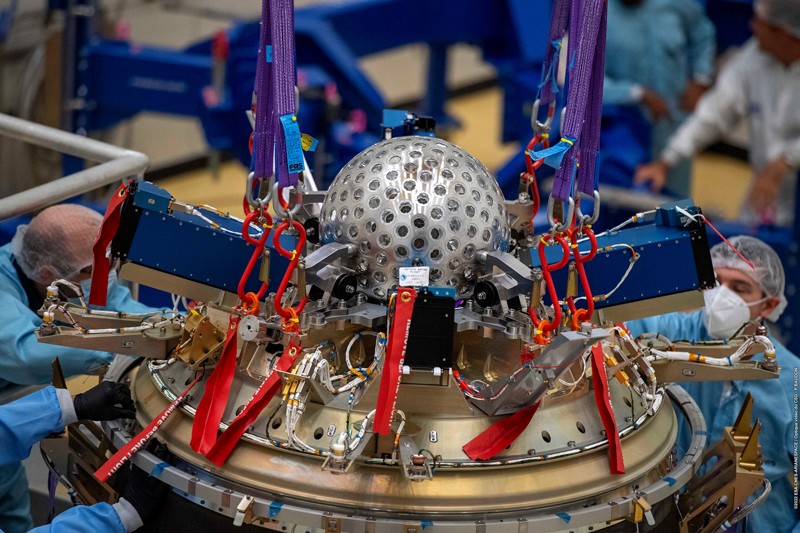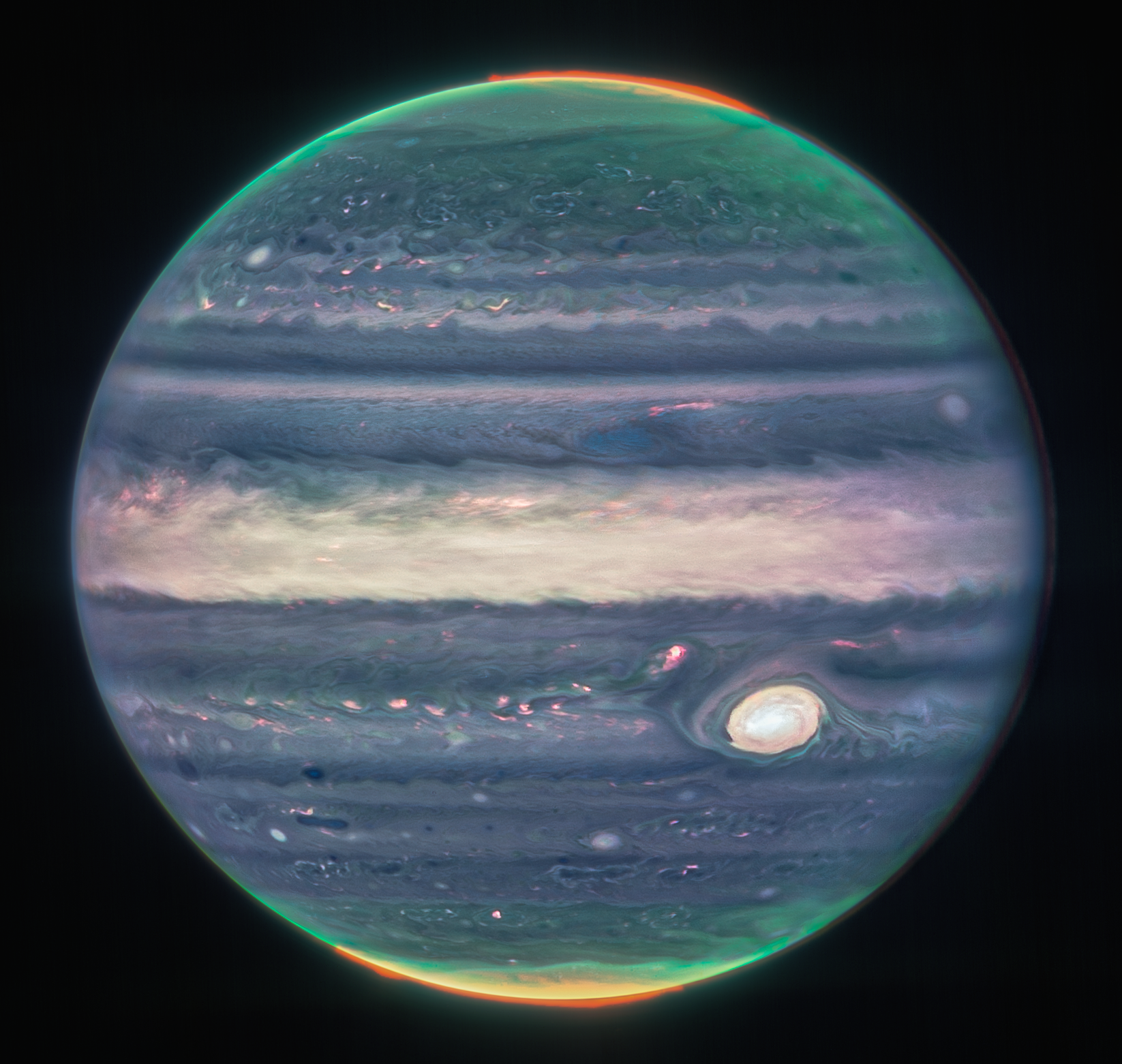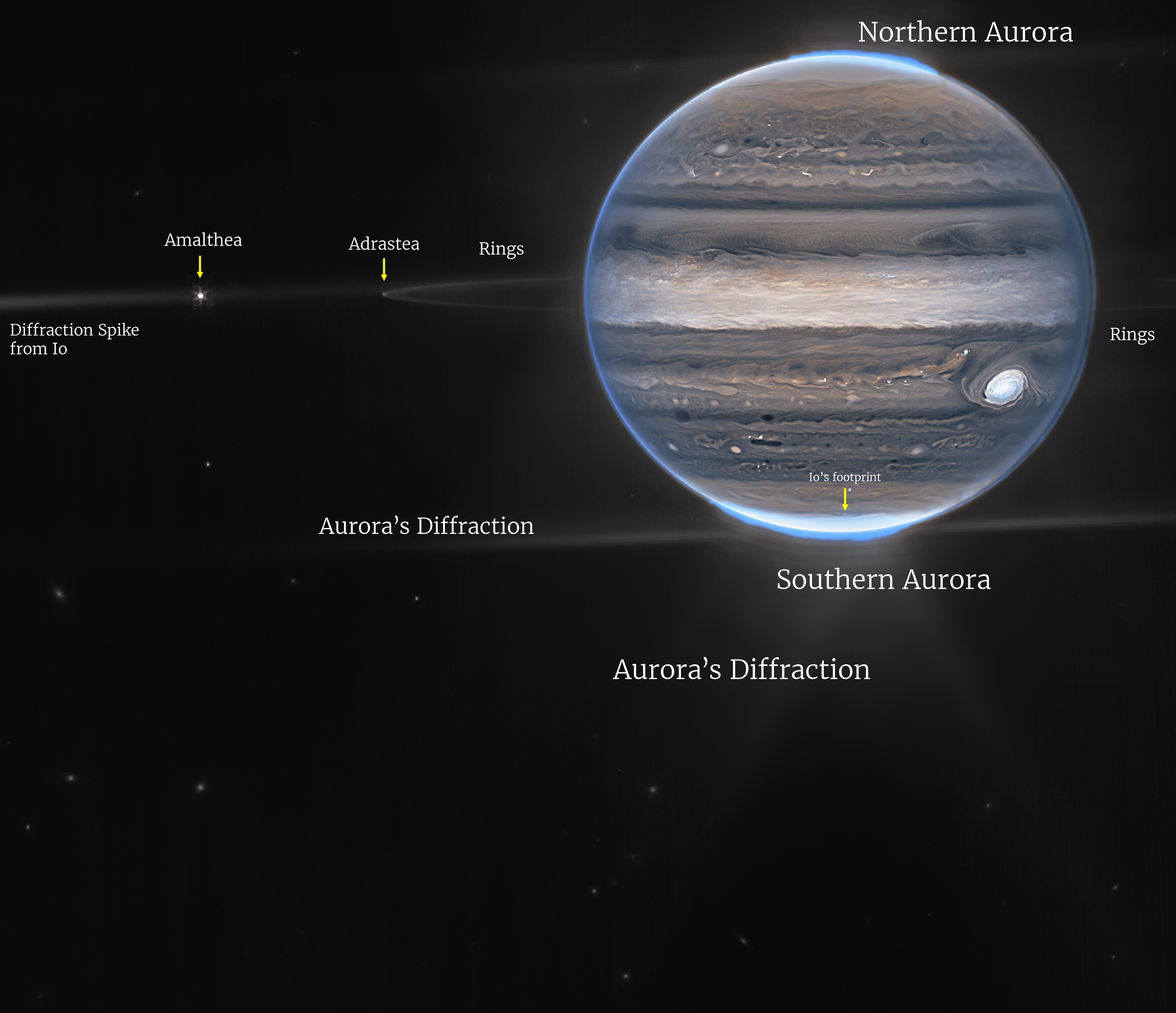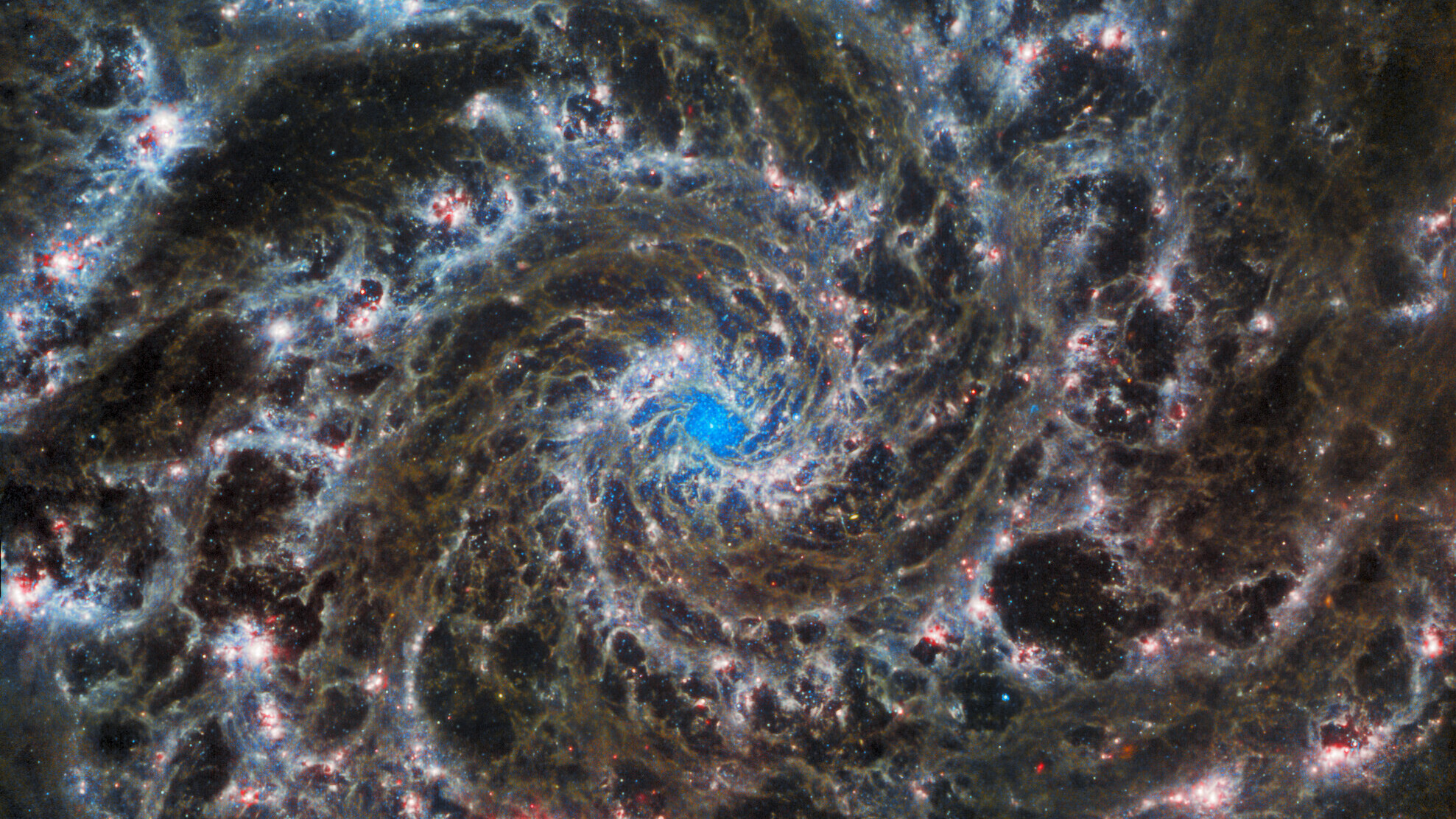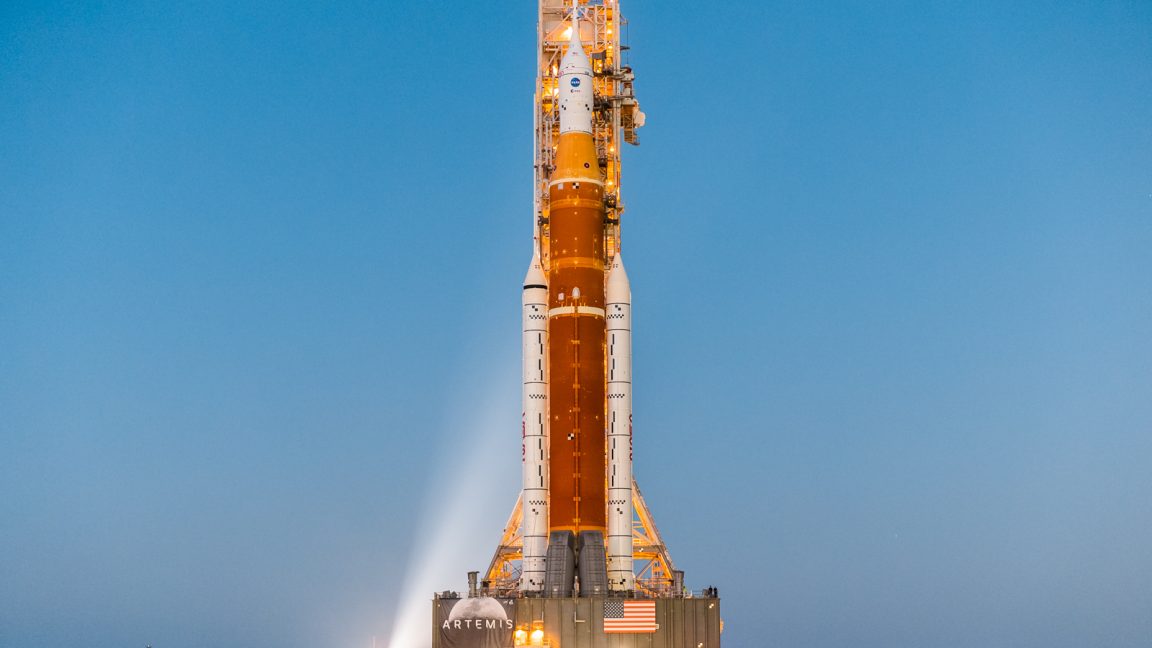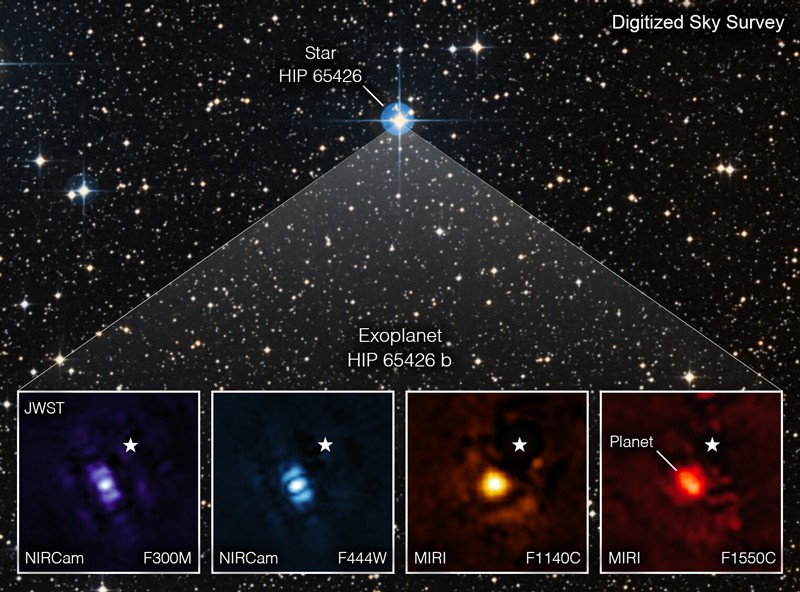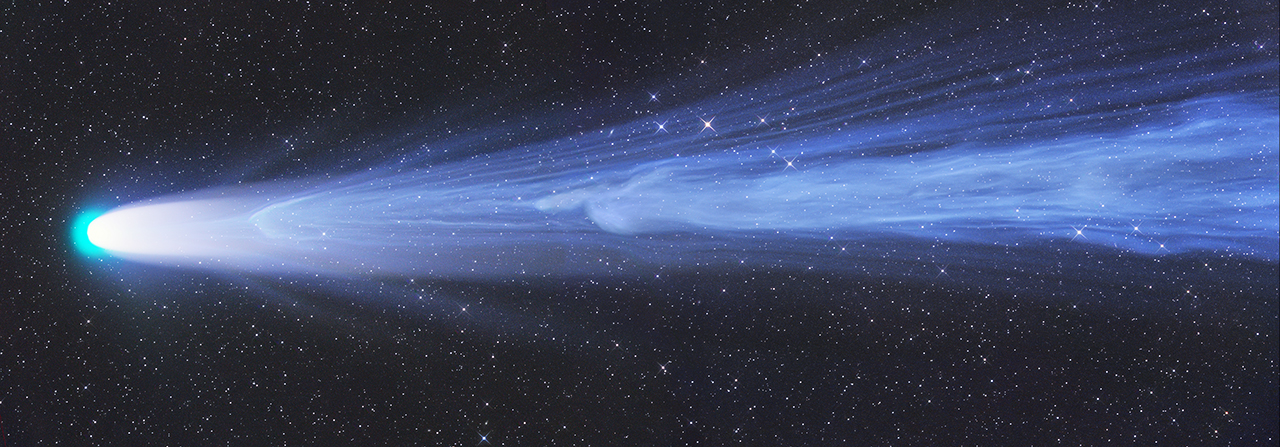Firm’s new tech could make space more accessible
After nearly six years of closed door research and development, Albuquerque-based X-Bow Systems publicly debuted ground-breaking rocket motor technology this year that could shake up the space-launch industry.
X-Bow (pronounced “crossbow”), which originally formed in 2016, burst out of stealth mode last April, unveiling a newly developed family of suborbital and orbital launch vehicles, along with a new, potentially revolutionary, automated process for making solid state propellant for rocket motors. That additive manufacturing process may represent the biggest technological leap in solid fuel rocket-motors in 50 years, possibly allowing radical reduction in costs for vehicle launches and greater flight frequency.
“Our solid rocket motor manufacturing process is an emerging disrupter for the aerospace industry,” X-Bow founder and CEO Jason Hundley told the Journal. “It’s a new, patent-pending ‘energetics’ technology.”
X-Bow’s proprietary procedure for “additive manufacturing of solid propellants,” or AMSP, marks the first time a company has successfully applied
3D printing to solid-state fuel for rocket motors. Other manufacturers do use
3D printing for the motors themselves, but only a couple of commercial companies currently make solid-state rocket motor fuel, and they use a decades-old, time consuming process that normally lasts six to eight weeks before delivery to customers, Hundley said. The traditional fuel making procedure begins with a slow mixing of chemicals, which can take up to five days. After that, the mixture is poured into a giant steel casting pit, where it remains for 10-15 days for the ingredients to slowly harden. Then, when the solid state fuel is ready for removal, it gets put through intensive post-inspection. And only after that is the propellant finally shipped onto the last stage of manufacturing, whereby the fuel gets integrated into the rocket motor assembly process itself.
In contrast, X-Bow’s additive manufacturing compresses the entire mixing-and-curing procedure into a threeday process, with all the automated technology installed inside compact shipping containers that X-Bow calls a “Rocket Factory in a Box.” In addition, the company has developed proprietary rocket motors that are designed to be integrated with the fuel through a simple, snap-in procedure using cartridges the encapsulate the propellant.
“It’s a cartridge-based approach,” Hundley said. “We put the energetics (propellant) in the bottom of the rocket motor and screw in the nozzle on the back.”
The overall, end result is a far simpler, more efficient process that significantly lowers the manufacturing footprint, immensely speeding the timeline and reducing the costs for making both the solid-state propellant and the fully-assembled rocket motors themselves. “We can produce about 700 pounds of grain (propellant) in about four hours, with one-to-two days for curing before it’s dispensed out of the system,” Hundley said. “That means we can make between 1,500 and 2,000 pounds of energetics in a week.” X-Bow hadn’t considered creating new propellant making technology when it originally launched six years ago. Rather, Hundley and a group of veteran aerospace industry colleagues founded the company to build a new family of launch vehicles that X-Bow originally developed in cooperation with Sandia National Laboratories and the Air Force Research Laboratory at Kirtland Air Force Base. That new vehicle, dubbed the “Bolt Rocket,” is designed for flexible construction to accommodate different sizes and capabilities for suborbital and orbital launches, with corresponding alterations in rocker-motor configuration depending on the mission, Hundley said.
“We can go from junior size all the way to super high-end vehicles,” Hundley said. “It’s a family of vehicles with a common front-end chassis and rocket motor foundation.” X-Bow originally expected to use commercial suppliers for its solid-state rocket motor propellant. But the procurement process turned out so slow and costly, the company decided to create its own fuel-making technology. And that, together with its Bolt Rocket and proprietary rocket motor design, has substantially broadened X-Bow’s commercial opportunities beyond its original focus on launch services for government and private-sector clients. Space payload flights for customers remain central to X-Bow’s business offerings, but its proprietary solid-state rocket motors can be adapted for other uses such as missiles, including emerging hypersonic technology. “We’ll do space launches as a service, but we can also tune the factory design to provide rocket motors for other applications,” Hundley said. “Every tactical missile, for example, has a solid rocket motor.”


X-Bow Systems “Rocket Factory in a Box” facility. The Albuquerque-based company uses its own additive-manufacturing process to produce solid-state fuel in a compressed timeline, a process that takes place in customized shipping containers. COURTESY OF X-BOW SYSTEMS
It could also become a commercial supplier of rocket-motor propellant, working with clients to adapt the particular fuel mixtures needed for other rocket-motor designs. And, given its hyper-fast propellant-production process — plus its varying mission-specific rocket and motor designs — the company could offer some of the fastest project turn-around times in the aerospace industry.
“We’ve developed almost a ‘just-in-time’ capability for suborbital and orbital systems,” Hundley said.
Thanks to its breakthrough technology, the company has already developed a formidable customer base in both government and commercial sectors, despite only just emerging from stealth mode. It earned about $7 million in revenue in 2021, and projects between $15 million and $20 million this year. It also closed on a $27 million round of private equity in April with institutional and corporate venture funds, including Lockheed Martin Ventures.
The company was originally based in Huntsville, Alabama, although it’s maintained a substantial presence in New Mexico since launching.
In 2019, however, X-Bow moved its corporate headquarters and all its central operations to Albuquerque. It now leases a 5,000-squarefoot facility in Uptown, and it’s established a manufacturing researchand- development complex in Socorro at the New Mexico Institute for Mining and Technology’s Energetic Materials Research and Testing Center. It currently employs about 70 people, more than half of them in New Mexico, with projected growth to 100 this year, depending on public and commercial contracts now under negotiation. And it maintains close links with many local businesses and public entities here. It’s
New tech makes space accessible contracted directly, for example, with two New Mexico-based engineering firms to provide products and services.
“We’ve had multiple New Mexico businesses involved with our operations, and we intend to keep them involved in future missions,” Hundley said. In fact, Central New Mexico Community College has a vested interest in X-Bow through CNM Ingenuity, which manages all of CNM’’s commercial endeavors. The Ingenuity Venture Fund and the ABQid business accelerator investment fund — which is also run by CNM Ingenuity — jointly contributed to a $2.4 million seed round of investment in X-Bow three years ago, said T.J. Cook, who manages both funds.
“X-Bow has really created a paradigm shift in the world of propellants,” Cook told the Journal. “The company has developed platform technology for not only rocket launches, but many other applications.
It now has many business inroads in place to excel in the market.”
Kevin Robinson-Avila covers technology, energy, venture capital and utilities for the Journal. He can be reached at krobinson-avila@abqjournal. com.



